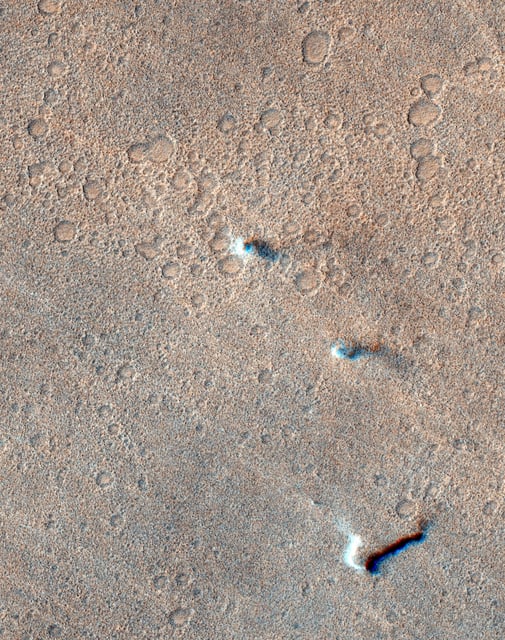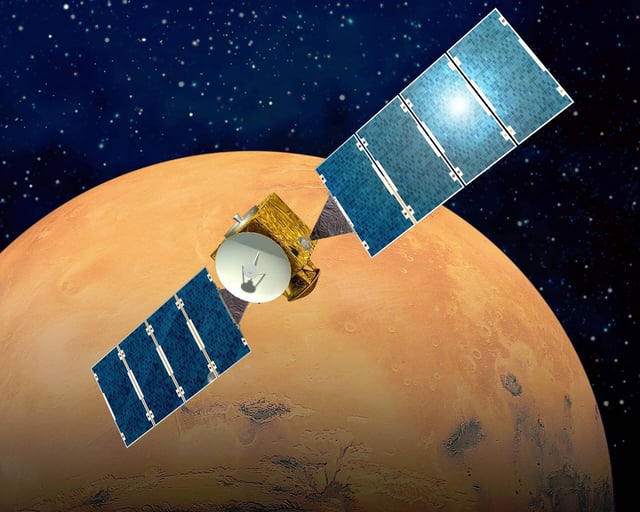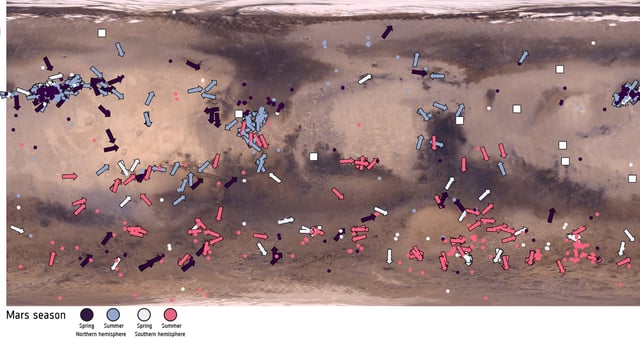Overview
- Researchers measured peak dust devil winds near 98 mph with average speeds around 40 mph, based on images from Mars Express and ExoMars Trace Gas Orbiter.
- Dust devils appeared most frequently on the northern lowland plains but also in the southern highlands, with hotspots that include Amazonis Planitia.
- Typical vortices measured about 270 feet wide, with the largest observed reaching roughly 1,900 feet across.
- The events clustered in Martian summer during late morning to early afternoon when surface heating favors vortex formation.
- The two-decade survey provides the most systematic assessment to date and underscores how dust devils inject particles that influence storms, cloud formation, water vapor loss, and operational planning for landers and rovers.



